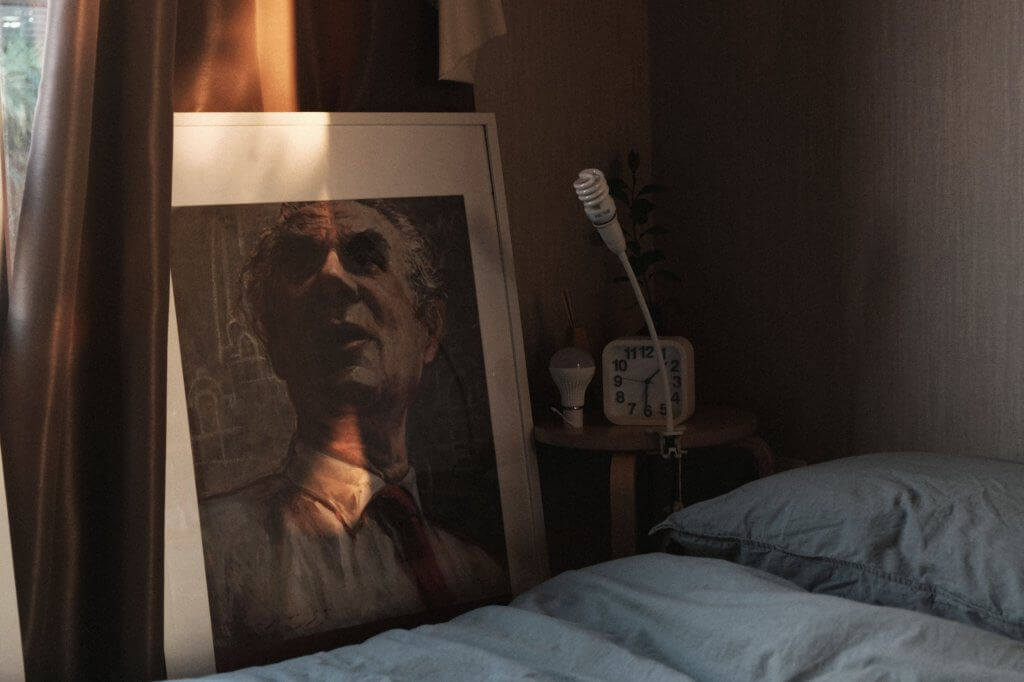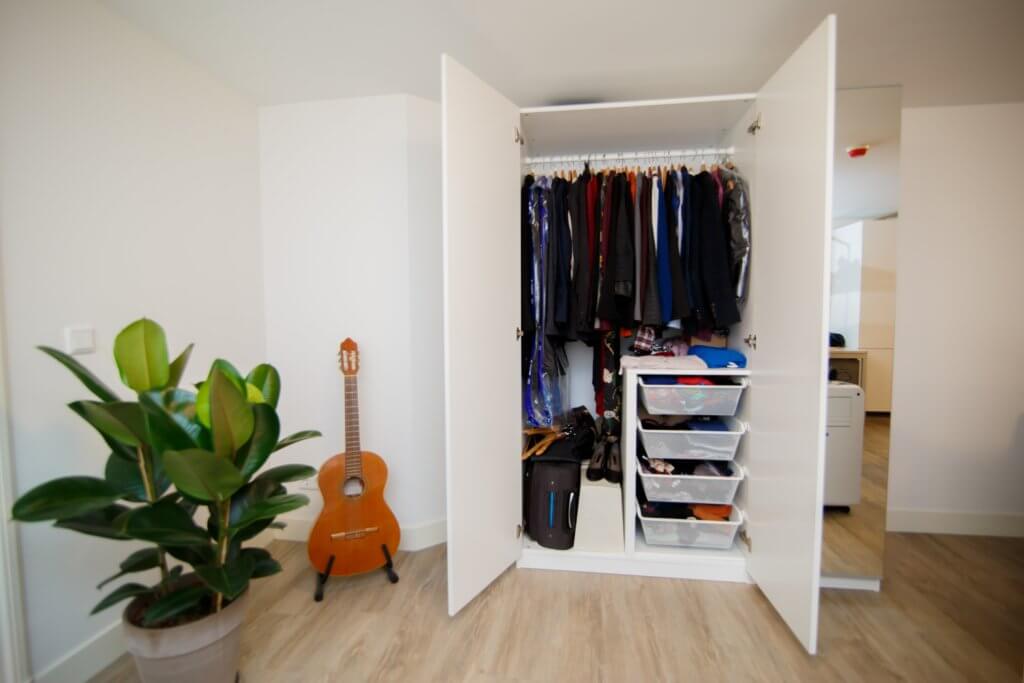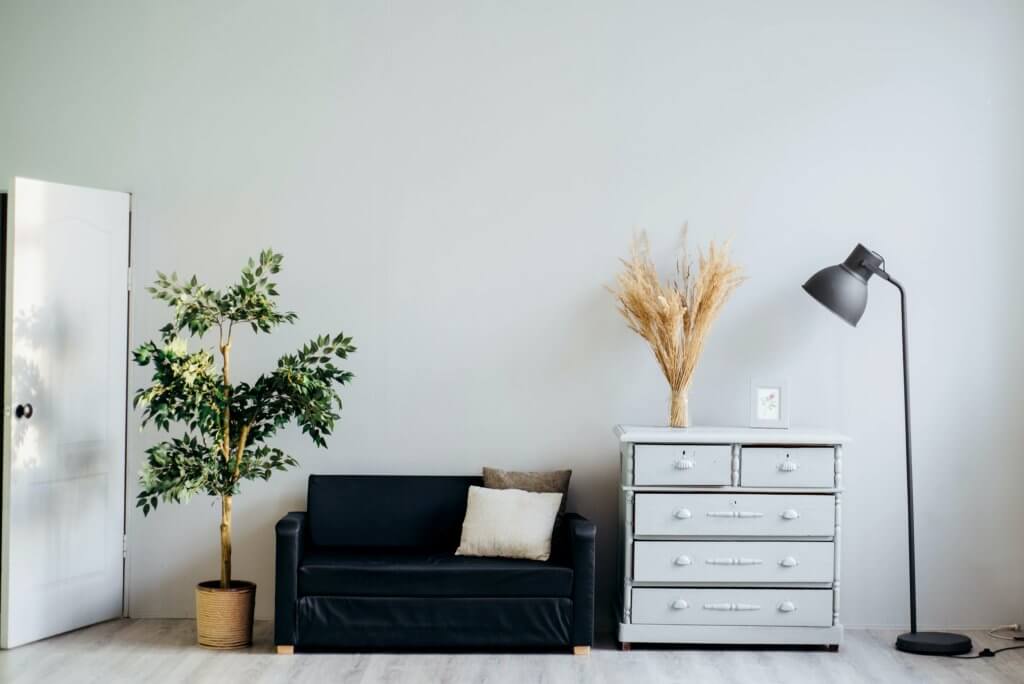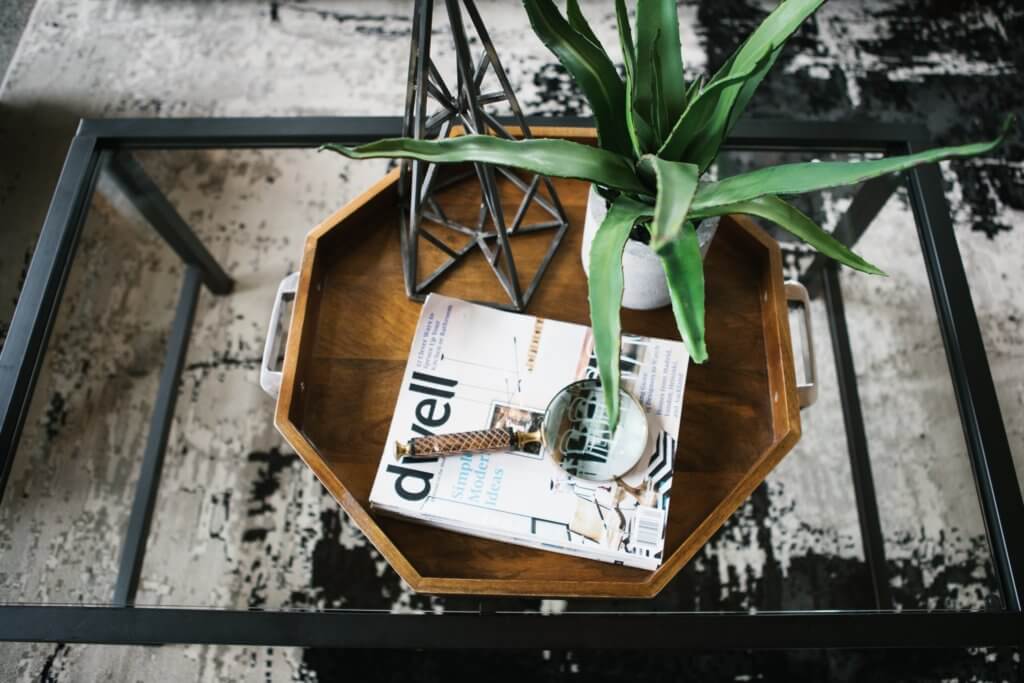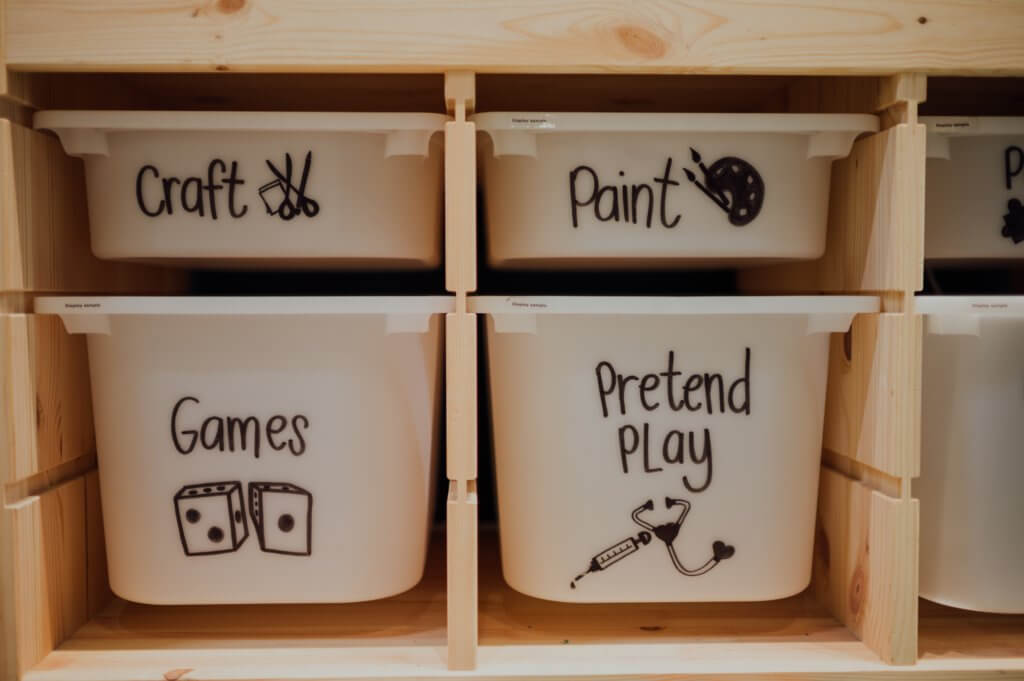How to Decorate When You’re Over Minimalism
For most of us, our goal in decorating is to create a cozy living space that looks welcoming without being cluttered. But that goal can leave you feeling like minimalism is your only option.
Maybe you’ve tried this decor method and it wasn’t for you. Or maybe you already know that minimalism isn’t going to be your thing.
Whatever the case, you need a decorating strategy that gets rid of your clutter without forcing you to give away your stuff. We completely understand the desire to find a balance.
With these decorating techniques, you can achieve this goal. You’ll have a clutter-free home and still be able to keep your mementos, guilt-free!
1. Get Some Furniture That Hides Your Stuff
If you want to keep your “stuff,” that’s fine. But it doesn’t all have to be on display for everyone to see. There’s a fine line between having clutter and proudly keeping your possessions.
You could be the family historian, tasked with keeping all of the heirlooms from past generations. Or, you may have some collections that are growing out of control.
A minimalist might say, “Purge!” You don’t have to listen. But, you do have to get your possessions in order.
A great way to do this is to invest in some dual-purpose furniture.
Begin with something simple and add more as necessary. Here’s a quick list to get you started:
- A nightstand with drawers to get your bedside clutter in order
- Over-the-toilet shelves in the bathroom to hide your essentials
- Coffee tables with hidden storage to give you extra space in the living room
Even the kitchen can use an organizing makeover with island cupboards. These hold things that would otherwise clutter the counter.
Go big and take care of the whole house at once, or stick with one room at a time. If you’re not going to donate and discard your things, you must at least organize them.
2. Get Creative with Storage Bins and Drawers
Part two of your home’s organizational makeover is to grab some storage bins. Plastic, cloth, wire, or woven; they all have a purpose in at least one of your rooms.
In combination with the drawers you already have, storage bins are great for hiding everything you don’t want to keep visible.
For instance, table drawers come in handy as clutter-catchers, as long as you keep them organized. There are plenty of adjustable dividers to help you accomplish this task.
Avoid the temptation to have junk drawers. It’s easier now, sure. But, it’s more stressful later on when you’ve accumulated so much stuff you don’t know where anything is.
Baskets and bins are great tools for organizing your collections and other possessions. When they’re stored on shelves or tucked away under open spaces, there’s a streamlined place for everything.
Pro tip: Use labels on the outside of your organizers to avoid sifting through until you find what you are looking for.
3. Keep Your Rooms Balanced
In interior design, the term “balance” refers to a visual distribution of everything in a room. This can be achieved through symmetry or pairing the items on one side with similar items on the other.
It can also be achieved through asymmetrical planning, which is a little tougher to master. In an asymmetrical room, everything is different but has a similar element to keep it cohesive.
Every room is different and your tastes are unique. Because of these factors, there’s not a specific formula you can use. These tips will help to ensure your room is balanced:
- Choose a focal point where your eye naturally lands when you enter the room. Use that as your starting point and build around it.
- Make sure your furniture and accessories are proportionate to your room. Smaller rooms need compact furnishings, while larger rooms can handle bigger items.
- If all of your furniture is around the same height, add shelves, lamps, and artwork to direct the eye upward and downward.
The last thing to consider when balancing a room is you. Do you like it? Does walking into your room make you feel satisfied and comfortable? If so, then you’re done!
Related: Apartment Accessories For Balcony, Patio, and Porch
4. Fill Your Home (But Leave Places for the Eye to Rest)
Some people love to fill their homes with decorations. They have collected possessions over their lifetime and they want to show them off. That’s perfectly fine, to a degree.
While you might enjoy looking at your full walls, it does take a toll on your health. For one, knick-knacks and artwork are nicknamed “dust collectors” for a reason. They don’t move, so unless you clean everything regularly, it’s going to accumulate dust.
Your household decor can also cause your stress to your brain. Shelves and wall art are fine, especially if you have a crafty eye. But, your brain needs an empty space to rest when it’s overly stimulated. Otherwise, you’ll experience a sensory overload.
5. Educate Yourself on Home Organizers
There are all kinds of fun gizmos and gadgets out there to help you get organized. When used correctly, they can take the organization of your home to the next level.
Some of them are basic accessories that make your life easier, like couch pockets for your remote control and phone. No more running around the room while trying to find the missing remote, only to realize it fell behind the cushion!
Some organizers are electronic. Alexa and other AI devices, for example, can reduce cord clutter and decrease your electric bill.
With a few simple commands, you can turn on the radio or light up your kitchen. Set a timer for everything to ensure no one forgets to shut the TV off when they leave the house.
If it’s been a while since you’ve purchased any home-organizing gadgets, you’ll be amazed at the options!
Conclusion
Contrary to the popular advice out there today, decluttering doesn’t mean you have to get rid of everything. It just means you need to get it all under control.
With a few handy organizers and a little tweaking of your layout, you can keep your favorite things and have a beautiful home, too.
